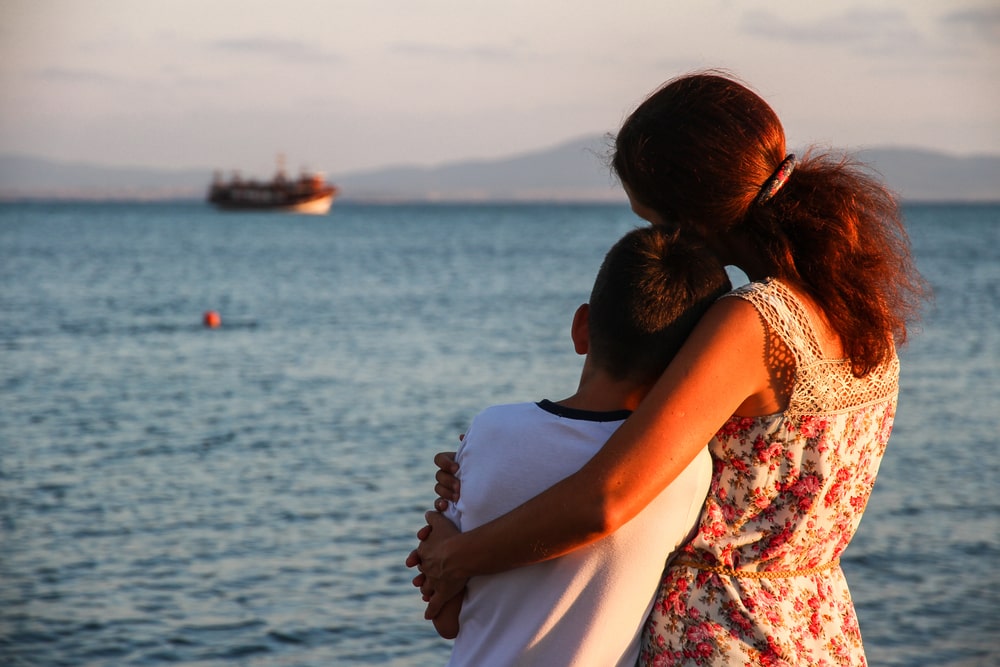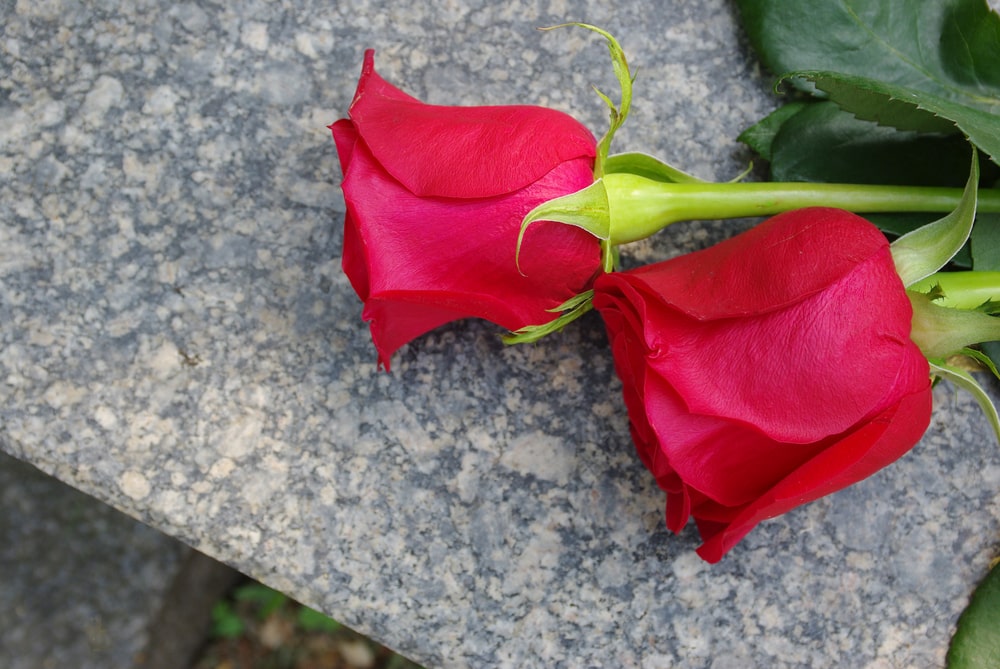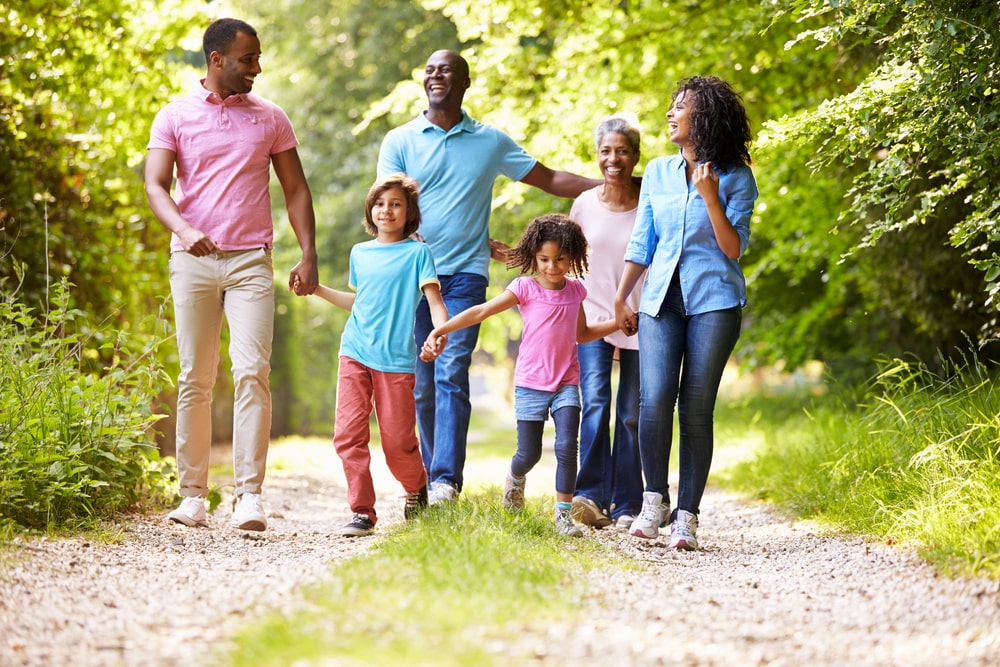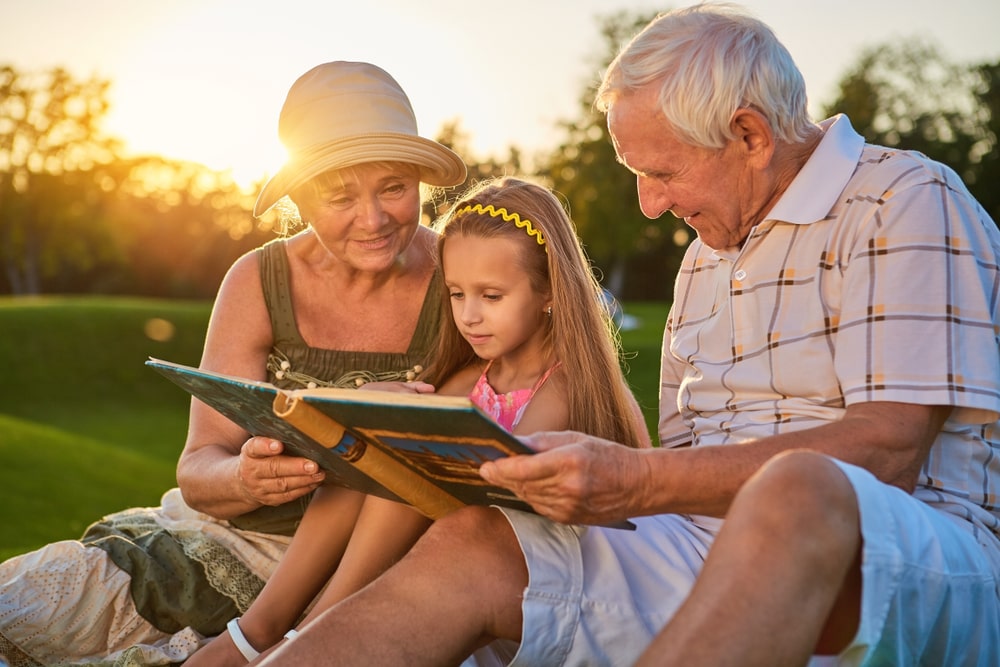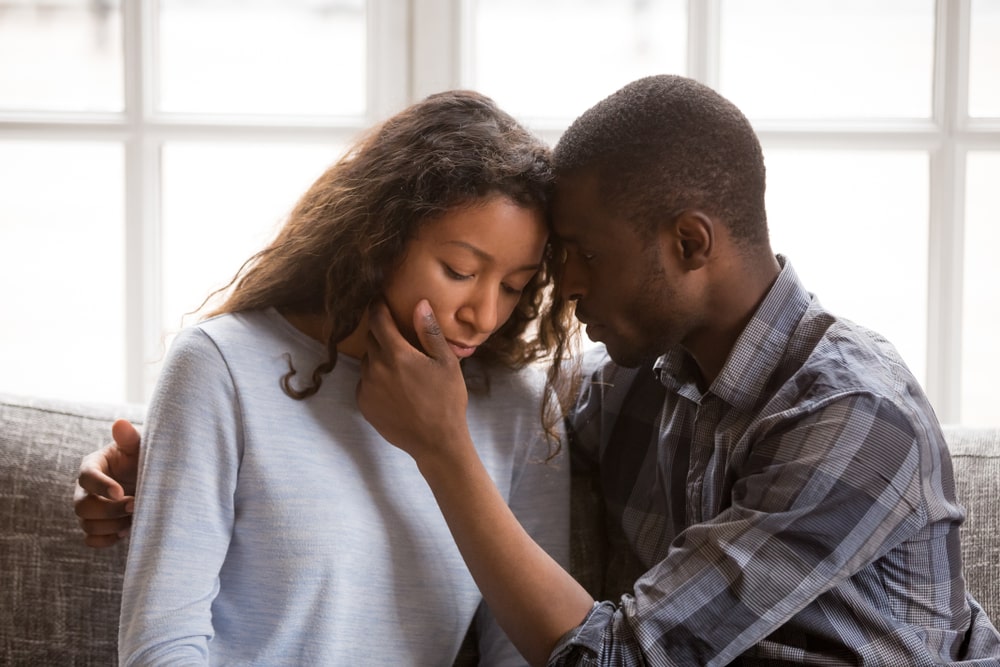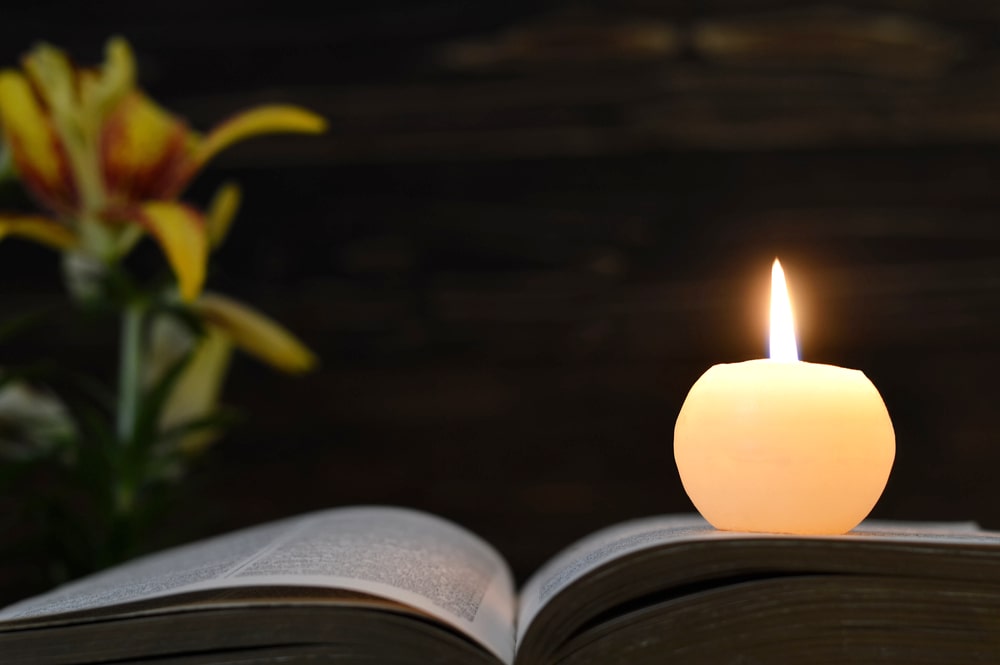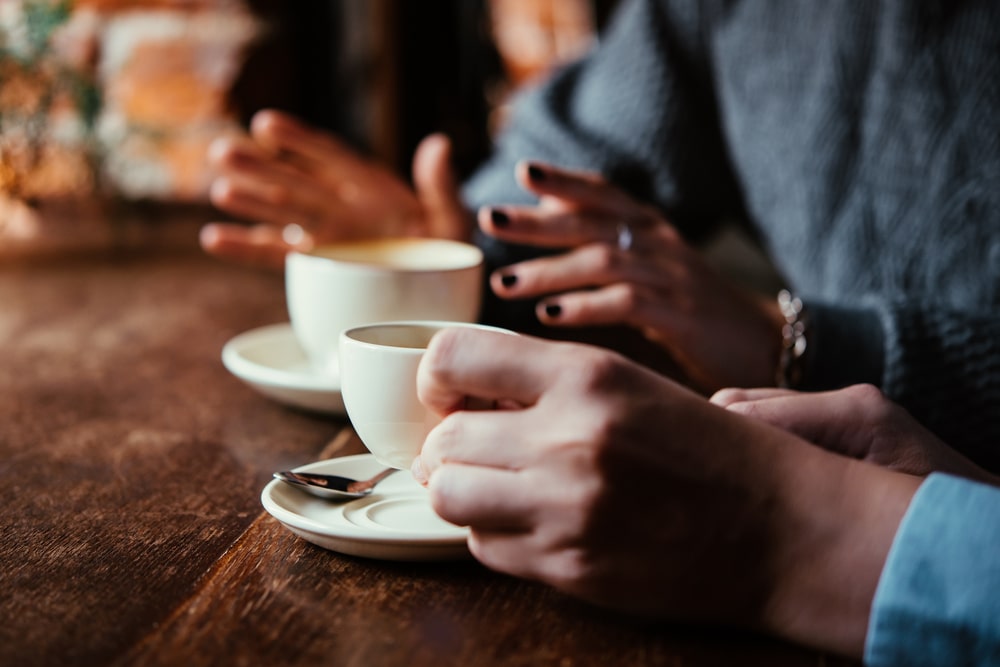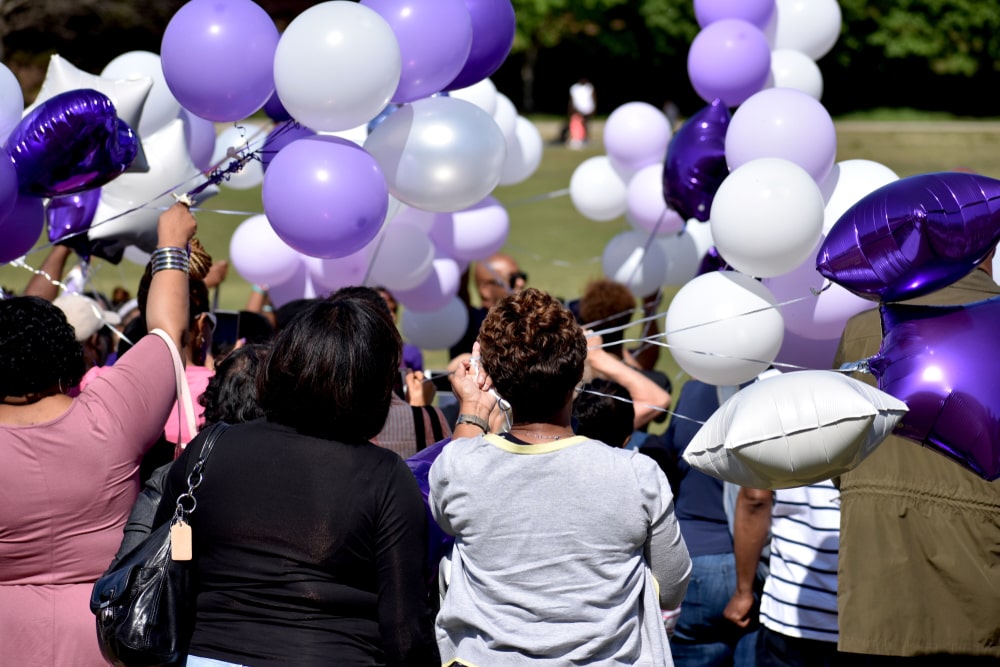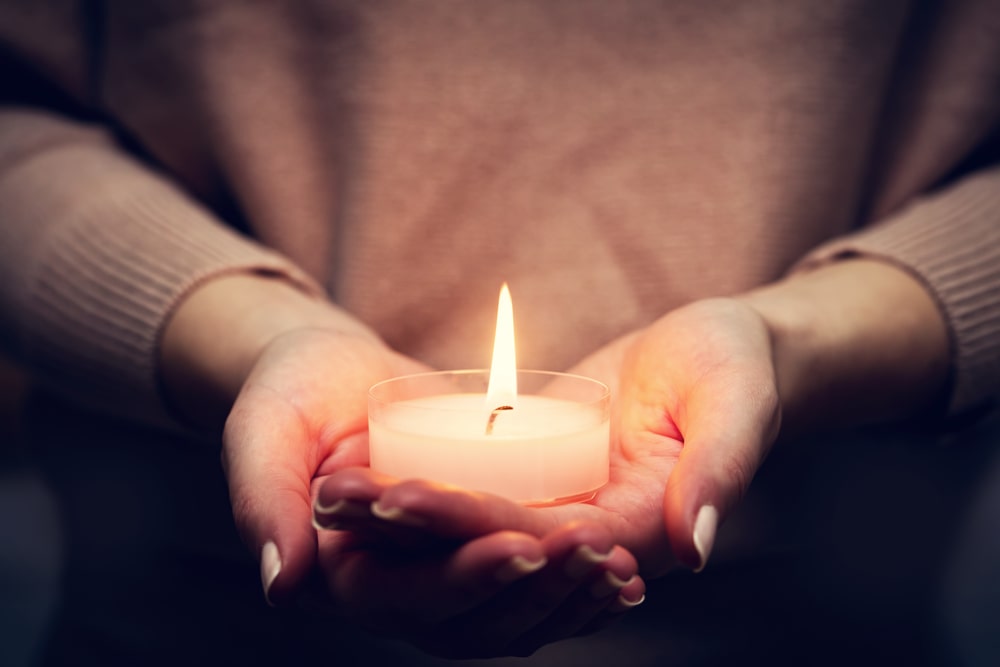
Funeral rites have a rich history rooted in spiritual and religious traditions. So, what do you do for a funeral if you are not religious? Some families may consider skipping the funeral ceremony altogether, but that would be a mistake. Many of the core elements of a funeral can help the family process their emotions of grief, honor the memory of the person who died, and search for deeper meaning in the loss, whether the funeral is religious or not.
Before missing out on the benefits of a funeral ceremony, take a look at the core elements of a funeral and how these elements might be combined to create a healing and meaningful tribute to a life lived.
Core Elements of a Funeral
“People who take the time and make the effort to create meaningful funeral arrangements when someone loved dies often end up making new arrangements in their own lives. They remember and reconnect with what is most meaningful to them in life…strengthen bonds with family members and friends. They emerge changed, more authentic and purposeful. The best funerals remind us how we should live.” – Dr. Alan Wolfelt
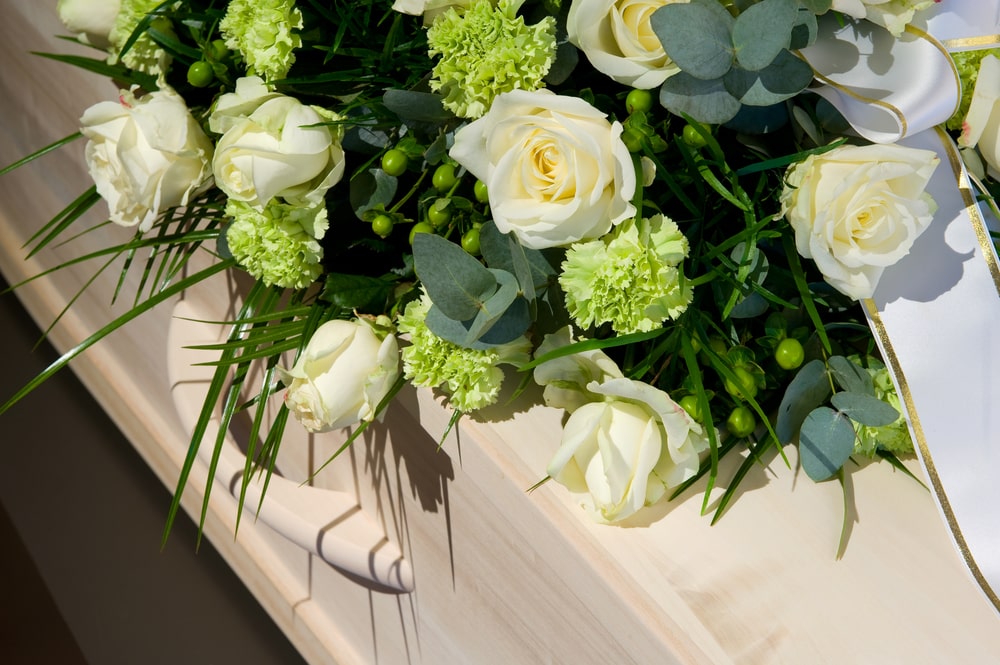
To create a healing and meaningful funeral experience, there are several tried and true elements that you should consider incorporating. Dr. Wolfelt, a nationally respected author and grief counselor, tells us that these elements are necessary to facilitate the six needs that a funeral fulfills: 1) acknowledge the reality of the death, 2) embrace the pain of the loss, 3) remember the person who died, 4) develop a new self-identity, 5) search for meaning, and 6) receive ongoing support from others. All of these basic needs apply to both religious and non-religious families.
If you are planning a funeral, whether because someone you love has died or you are making advance funeral plans, give thoughtful consideration to how you can implement these healing and meaningful elements.

Music
First of all, music sets the tone of a funeral and brings emotions to the forefront. In fact, one of the purposes of a funeral is to allow mourners to grieve together, and in many ways, music says what words cannot. Don’t be afraid to invite people to express grief. With a non-religious ceremony, consider using music that was significant to the lost loved one or songs that cause you to remember them. This might include bluegrass, hip hop, rock, or any other genre of music.
Why Include Special Music in a Funeral Ceremony?
Top 10 Songs for a Funeral Ceremony
Readings
Second, readings add another facet to a meaningful service. They are another way to not only invite mourners to express their emotions, but readings bring the unique spirit of the one who has died to life. Did they have a favorite book or poem? Did the person who died write a letter or even a social media post you would like to highlight? Is there a reading or quote that springs to mind when you think about this person and the loss you have experienced? Or perhaps you or someone you know is inspired to write a poem for the occasion. Whatever you choose, readings can bring aspects of the person you love to life in a very special way.
How do Readings Enhance the Funeral Experience?
Top 10 Poems for a Funeral Ceremony
Viewing/Visitation/Reception
Third, the viewing or visitation is a time for family, friends, coworkers, and neighbors to gather and express support and sympathy. If it is decided to have a viewing, it is an opportunity for mourners to see this special person one last time and begin to acknowledge the reality of their death. For many, as part of the grieving process, it is important to physically see the body. The viewing offers this opportunity. No matter what type of ceremony you create, a viewing or visitation is an important element to consider.
Why Should the Body Be Present?
Eulogy/Remembrance
Fourth, the eulogy may be the single most important aspect of a funeral service. It is the time to acknowledge and affirm the significance of the life lived. With that in mind, take time to share treasured memories, quotes, or even the lost loved one’s favorite jokes. Focus your eulogy on describing the legacy that the person has left behind. What did they value most? What were they passionate about? How did they leave the world a better place? The eulogy can be delivered by a celebrant, a family member, a close friend, or even a series of people.
Symbols
Fifth, symbols, or symbolic acts, offer a focal point for the bereaved as well as a sense of comfort. Symbols such as flowers, a portrait of the person, or personal items can be used throughout the ceremony. You also may want to incorporate symbolic acts, such as lighting a candle to symbolize your love or creating a photo display. Releasing balloons, butterflies, or lanterns are symbols that help us process the emotions of “letting go.” We release the pain of the loss while keeping the memory of the one who died alive. You can also consider giving away small memorial keepsakes to attendees that symbolize a passion or hobby your loved one had.
Exploring Your Release Ceremony Options
Gathering
Sixth, the gathering is an opportunity for friends and family to come together (often around food) after the funeral service to share stories and to support each other. One of the most important purposes of a funeral is to activate support for the grieving family – this is one reason why gathering people together is so helpful. It allows the family an opportunity to engage with others and receive support and condolences. While you consider the benefits of a gathering, take a few moments to read the article below.
Actions
And finally, by inviting others into action at the funeral service, you engage mourners and invite them to put their grief into motion. Simply put, mourning is the outward expression of our inward grief. To move others toward healing, it is important to invite them to act. For an artist, you might invite attendees to create a communal painting. For a horse enthusiast, you may hold the memorial at a barn or equestrian center. Even actions as simple as joining a procession, planting a memorial tree, writing down a memory, or wearing a certain type of clothing can help mourners become participants rather than observers in their own grief journey.
All together, these elements help you create a service that is healing and meaningful for all who attend. Whether the person was religious or not, those who come to mourn will leave feeling like they have honored a life lived and have taken the first healthy step on their grief journey.




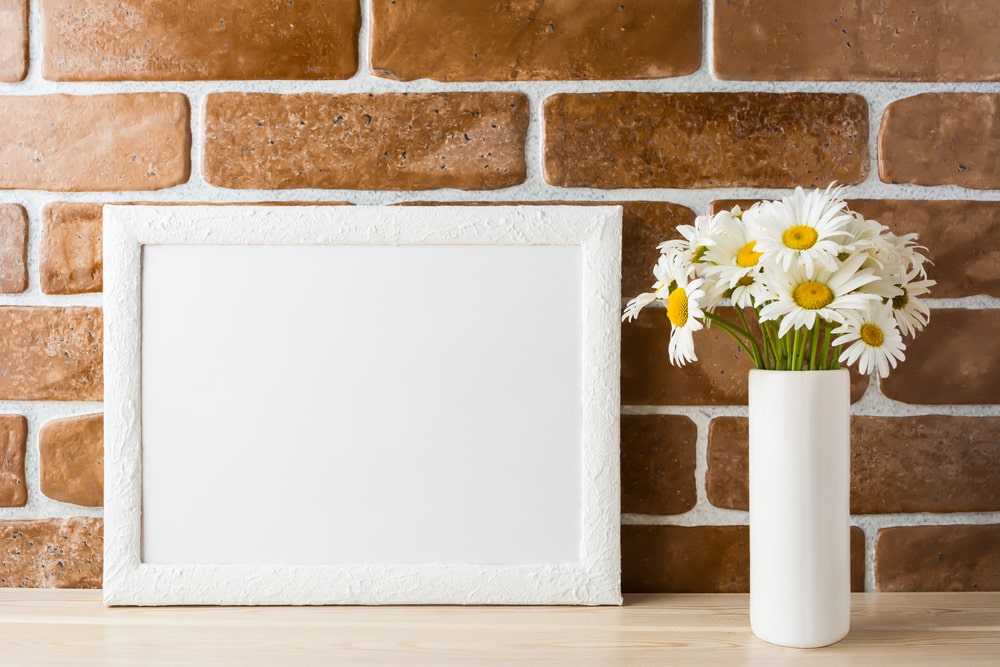


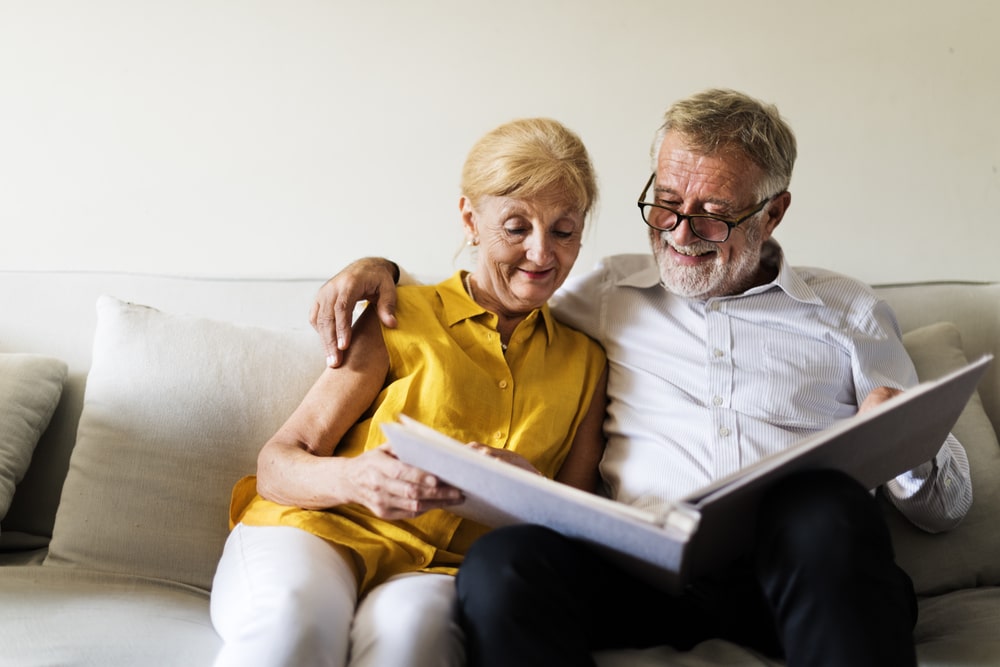






 2. Medical Power of Attorney
2. Medical Power of Attorney

 5. Revocable Living Trust
5. Revocable Living Trust



